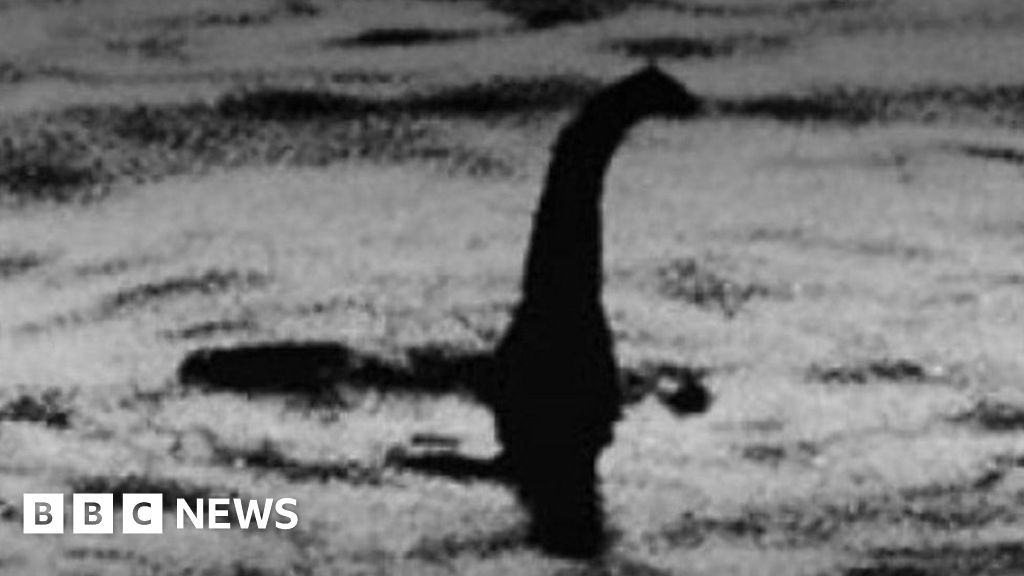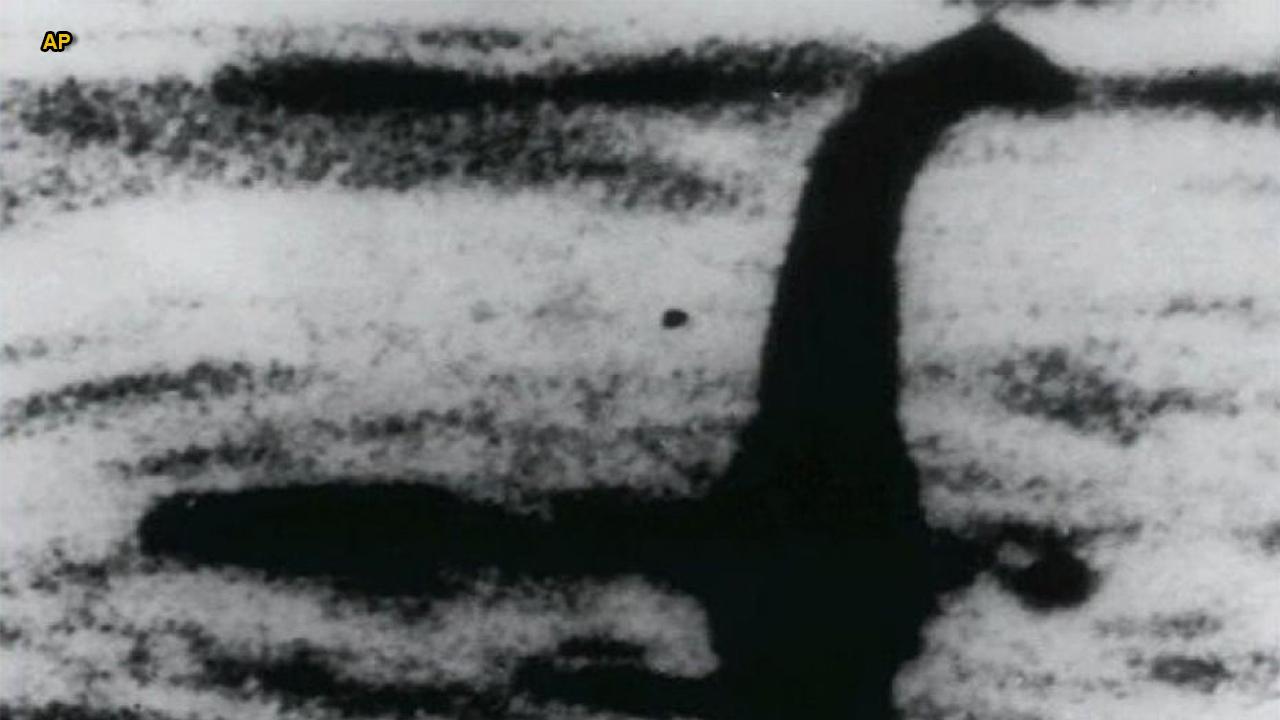Latest Loch Ness Monster Sightings: Unveiling The Mysterious Encounters
The Loch Ness Monster, often referred to as Nessie, has captivated the imagination of people worldwide for decades. This legendary creature, said to inhabit the depths of Loch Ness in Scotland, continues to spark curiosity and debate. With new sightings reported periodically, the fascination with Nessie shows no signs of fading. Whether you're a believer or a skeptic, the latest Loch Ness monster sightings are worth exploring in detail.
Loch Ness, a deep freshwater lake in the Scottish Highlands, is the epicenter of this mystery. The sheer size of the loch, combined with its murky waters, creates the perfect environment for stories of a hidden creature to flourish. Over the years, numerous accounts and alleged evidence have emerged, keeping the legend alive.
In this article, we will delve into the latest Loch Ness monster sightings, analyze the evidence, and explore the scientific and historical context surrounding these mysterious encounters. Whether you're a long-time enthusiast or a newcomer to the legend, this comprehensive guide will provide valuable insights and updates on one of the world's most enduring mysteries.
Read also:Claudia Sulewski Billie Eilish The Rising Stars Journey And Influence
Table of Contents
- Introduction to the Loch Ness Monster
- Latest Loch Ness Monster Sightings
- Historical Background of the Loch Ness Mystery
- Scientific Perspective on Loch Ness Sightings
- Analysis of Evidence from Recent Sightings
- Role of Technology in Investigating Loch Ness
- Skepticism vs. Belief in the Loch Ness Legend
- Impact of Loch Ness Sightings on Tourism
- Famous Encounters with the Loch Ness Monster
- Conclusion and Final Thoughts
Introduction to the Loch Ness Monster
What is the Loch Ness Monster?
The Loch Ness Monster, or Nessie, is a mythical creature said to inhabit Loch Ness, one of the largest and deepest freshwater lakes in Scotland. The legend dates back centuries, with the first recorded sighting attributed to Saint Columba in the 6th century. Since then, countless reports have emerged, ranging from blurry photographs to eyewitness accounts.
Descriptions of Nessie vary, but most depict it as a large, serpentine creature with humps protruding from the water. Some theories suggest it could be a surviving prehistoric animal, such as a plesiosaur, while others attribute the sightings to natural phenomena or misidentified objects.
Latest Loch Ness Monster Sightings
2023 Sightings: A Year of Intriguing Reports
In recent years, the Loch Ness monster sightings have continued to captivate enthusiasts and researchers alike. One of the most notable reports came in 2023 when a group of tourists captured video footage of what appeared to be a large creature moving beneath the surface of the water. The video quickly went viral, sparking renewed interest in the legend.
Another significant sighting occurred when a local fisherman claimed to have seen a massive shadow in the loch while out on his boat. He described the shadow as being at least 20 feet long and moving with deliberate speed. While skeptics argue that the shadow could have been caused by a large fish or a log, the fisherman remains convinced of what he saw.
Historical Background of the Loch Ness Mystery
Early Accounts and the Birth of the Legend
The history of the Loch Ness monster stretches back to ancient times, with early accounts found in Scottish folklore. The most famous early sighting is attributed to Saint Columba, who reportedly encountered a water beast while attempting to rescue a swimmer in the River Ness. This story, recorded in the 6th century, is often cited as the first documented evidence of Nessie's existence.
Over the centuries, numerous other accounts have emerged, each adding to the rich tapestry of the Loch Ness legend. In the 1930s, the construction of a road along the loch's shoreline led to an increase in reported sightings, fueling public interest and sparking numerous expeditions to uncover the truth.
Read also:Wedding Band Square The Ultimate Guide To Elevate Your Wedding Experience
Scientific Perspective on Loch Ness Sightings
Exploring the Possibilities: Science vs. Myth
From a scientific standpoint, the Loch Ness monster remains an enigma. Researchers have conducted numerous studies to determine whether such a creature could exist. One theory suggests that the sightings could be attributed to large eels, which are known to inhabit the loch. These eels can grow to impressive sizes and may account for some of the reported encounters.
Other explanations include optical illusions caused by waves or floating debris, as well as the possibility of misidentified animals such as seals or birds. Despite these rational explanations, many people remain convinced that Nessie is a real creature, hiding in the depths of Loch Ness.
Analysis of Evidence from Recent Sightings
Evaluating the Credibility of Reported Encounters
When analyzing the latest Loch Ness monster sightings, it's essential to evaluate the credibility of the evidence presented. In recent years, advancements in technology have allowed for more detailed documentation of alleged encounters. High-definition cameras and drones have captured footage that, while intriguing, often leaves room for interpretation.
Some of the most compelling evidence includes sonar readings that indicate the presence of large objects beneath the surface of the water. However, these readings can also be attributed to geological features or schools of fish. It's crucial to approach each piece of evidence with a critical eye, considering both the possibilities and limitations of the data.
Role of Technology in Investigating Loch Ness
How Modern Tools Are Changing the Game
Technology has played a significant role in the investigation of Loch Ness monster sightings. Advances in sonar, underwater cameras, and drone technology have allowed researchers to explore the loch's depths more thoroughly than ever before. These tools provide valuable data that can help separate fact from fiction in the quest to uncover the truth about Nessie.
One notable example is the use of autonomous underwater vehicles (AUVs) equipped with high-resolution sensors. These vehicles can map the loch's floor and detect anomalies that may indicate the presence of a large creature. While no definitive proof has been found, the data collected continues to fuel the debate and inspire further exploration.
Skepticism vs. Belief in the Loch Ness Legend
Two Sides of the Same Coin
The Loch Ness monster legend has sparked intense debate between skeptics and believers. Skeptics argue that the sightings can be explained by natural phenomena or human error, while believers maintain that the evidence points to the existence of a real creature. Both sides present compelling arguments, making the debate all the more fascinating.
For skeptics, the lack of concrete evidence is a significant obstacle. Despite numerous expeditions and investigations, no definitive proof of Nessie's existence has been found. On the other hand, believers point to the sheer number of reported sightings and the consistency of the descriptions as evidence that something extraordinary may be lurking in the loch.
Impact of Loch Ness Sightings on Tourism
A Boost for the Scottish Economy
The Loch Ness monster legend has had a significant impact on tourism in Scotland. Thousands of visitors flock to the area each year, hoping to catch a glimpse of Nessie or learn more about the legend. This influx of tourists has provided a substantial boost to the local economy, supporting businesses such as hotels, restaurants, and tour operators.
Loch Ness is now a popular destination for both domestic and international travelers, with numerous attractions and activities centered around the legend. From boat tours to monster-themed events, there's something for everyone to enjoy. The allure of the unknown continues to draw people to the area, ensuring that the legend of Nessie remains alive and well.
Famous Encounters with the Loch Ness Monster
Highlighting Some of the Most Notable Sightings
Throughout history, there have been numerous famous encounters with the Loch Ness monster. One of the most well-known is the "Surgeon's Photograph," taken in 1934 by Dr. Robert Kenneth Wilson. The image, which purportedly shows Nessie's head and neck emerging from the water, became an iconic symbol of the legend. However, it was later revealed to be a hoax, casting doubt on its authenticity.
Another famous encounter occurred in 1960 when Tim Dinsdale filmed what appeared to be a large creature moving through the loch. The footage, though grainy, provided one of the earliest video records of a possible Nessie sighting. While skeptics argue that the object in the video could be a boat or other vessel, the film remains a cornerstone of the legend.
Conclusion and Final Thoughts
The legend of the Loch Ness monster continues to captivate people worldwide, with the latest Loch Ness monster sightings keeping the mystery alive. Whether you believe in Nessie's existence or view the legend as a product of human imagination, there's no denying the fascination it inspires. From historical accounts to modern-day technology, the search for answers has been ongoing for centuries.
In conclusion, the Loch Ness monster remains one of the world's most enduring mysteries. While scientific evidence may not yet support the existence of a large creature in the loch, the legend continues to thrive, fueled by new sightings and advancements in technology. We encourage readers to explore the topic further, share their thoughts, and perhaps even plan a visit to Loch Ness to experience the magic firsthand.
Call to Action: Have you ever visited Loch Ness or encountered a mysterious sighting? Share your experiences in the comments below or explore other articles on our site to learn more about the world's greatest unsolved mysteries!


